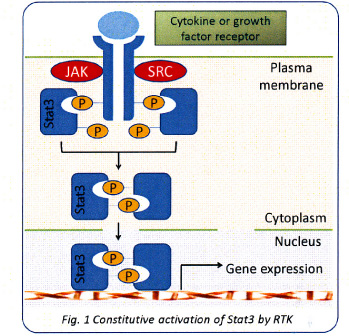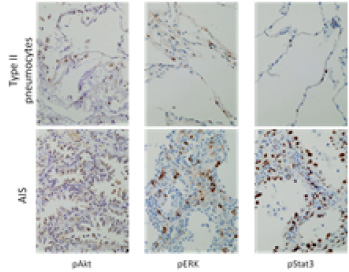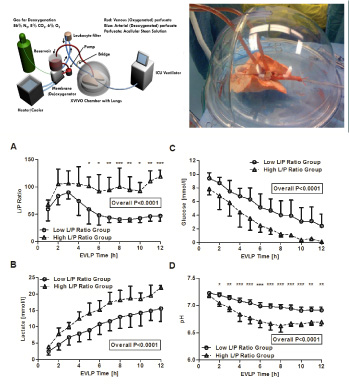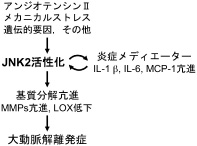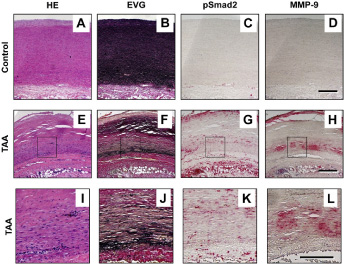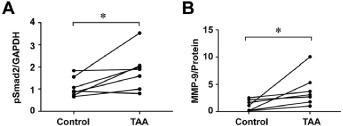Thoracic and Cardiovascular Surgery
HOME > Activities > Clinical Medicine > Thoracic and Cardiovascular Surgery
1.Research Summary
The Department of Cardiovascular and Respiratory Surgery is divided into the Respiratory Surgery Group and the Cardiovascular Surgery Group and both groups conduct highly technical research. Basic research that aims at clinical application and is common to both groups is also conducted.
2.Research Groups
- Respiratory Surgery Group
- Cardiovascular Surgery Group
3-1.Respiratory Surgery Group
Research subjects
- Molecular pathology of lung cancer
- Cytoreductive surgery for small lung tumors
- Postoperative adjuvant chemotherapy for lung cancer
- Surgery for lung cancer with interstitial pneumonia
- Clinical pathology of mediastinal tumors
- Gene transfer for organ transplantation and pulmonary disorder
3-2.Cardiovascular Surgery Group
Research subjects
- Renal function and urinary megalin kinetics after extracorporeal circulation
- Clinical research on improvement in the results of treatment of complicated heart malformation and long-term results
- Molecular pathological mechanism of aortic dissection
- Study of prosthetic heart valve function using CT imaging
- Overseas and Japanese collaborative research on disaster medical care
4.Research results
|
[Area] Respiratory surgery |
|
|
[Research subject] Molecular pathology of lung cancer |
|
|
[Description] |
[Photographs] Pathway of receptor tyrosine kinase
AIS and phosphorylated protein expression
|
|
[Area] Cardiovascular and respiratory surgery |
|
|
[Research subject] Lung transplantation |
|
|
[Description] |
[Photographs] Porcine and human lungs are refluxed to reduce reperfusion injury
|
|
[Area] Cardiovascular surgery |
|
|
[Research subject] Gene transfer in transplantation |
|
|
[Description]
|
[Photographs] Localization of pSmad2 and MMP-9 in human TAAs
Expression of pSmad2 and MMP-9 in human TAAs.
|

